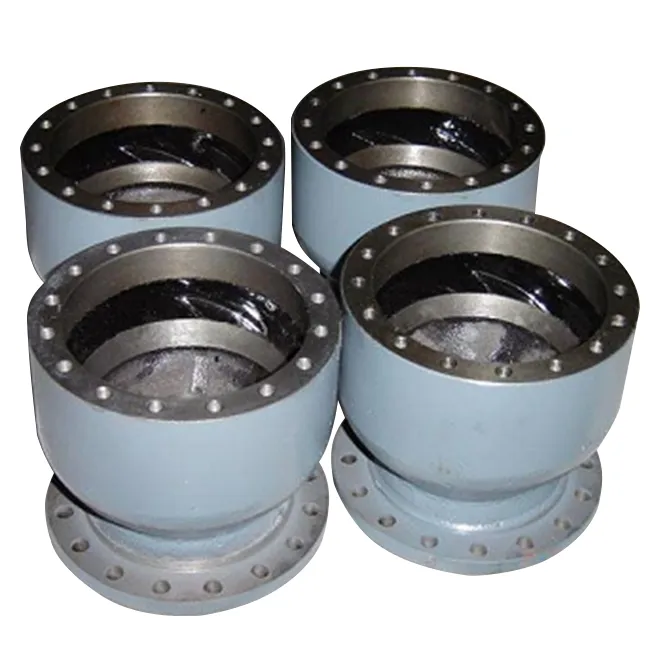Mobile:+86-311-808-126-83
Email:info@ydcastings.com
Exploring Various Techniques and Methods in Metal Casting Processes for Industrial Applications
Types of Metal Casting Processes
Metal casting is a manufacturing process where molten metal is poured into a mold to solidify into a specific shape. This technique is one of the oldest and most versatile forms of metalworking, enabling the creation of intricate components that might be challenging to achieve through other methods. Various casting processes exist, each suited to specific applications, materials, and desired properties. Understanding these methods facilitates the selection of the most appropriate technique for particular manufacturing needs.
1. Sand Casting
Sand casting is one of the most common and widely used casting processes. In this method, a pattern of the desired object is created and then surrounded by a mixture of sand and a binder. After the pattern is removed, molten metal is poured into the formed cavity. Once solidified, the sand mold is broken away to reveal the casted piece. Sand casting is particularly favored for its low cost and ability to produce large parts with complex geometries. It is suitable for a wide range of metals, including iron, aluminum, and bronze.
2. Investment Casting
Investment casting, also known as lost-wax casting, is another popular casting technique. It involves creating a wax pattern of the desired object, covering it in a ceramic shell, and then melting out the wax to leave a hollow mold. Molten metal is then poured into the shell to create the final product. This method is highly advantageous for producing parts with tight tolerances and intricate details. It is commonly used in industries like aerospace, medical devices, and jewelry making, where precision is paramount.
3. Die Casting
types of metal casting processes

Die casting is a manufacturing process where molten metal is forced into a mold cavity under high pressure. This technique is often used for producing large quantities of small to medium-sized parts, typically from non-ferrous metals like aluminum, zinc, and magnesium. Die casting molds are made from steel, which allows for high durability and repeated use. The process yields high-quality surfaces and dimensional accuracy, making it ideal for automotive and consumer products.
4. Permanent Mold Casting
Permanent mold casting is similar to die casting but utilizes gravity or lower pressure to fill the mold. The molds are made of metal and can be reused, which reduces production costs for high-volume runs. This process gives a better surface finish than sand casting and allows for more intricate designs. It is primarily used for aluminum and copper alloys, making it suitable for various applications in the automotive and aerospace industries.
5. Shell Casting
Shell casting is a process that combines aspects of both investment and sand casting. In this method, a thin shell of sand is formed around a heated pattern. Once the shell reaches the desired thickness, molten metal is poured into the shell to create the final piece. This process is effective for producing castings with a fine surface finish and good dimensional accuracy. It is often used for medium production runs where precision is essential.
Conclusion
The choice of a metal casting process largely depends on factors such as the desired properties of the final product, the production volume, and cost considerations. Each method offers unique advantages and is suited for different applications and materials. Whether it is the versatility of sand casting, the precision of investment casting, or the efficiency of die casting, understanding the various types of metal casting processes helps manufacturers make informed decisions in their production processes, ultimately leading to higher quality products and optimized operations. Each technique continues to evolve with advancements in technology, broadening the horizons of possibilities in metal casting.
-
Why Should You Invest in Superior Pump Castings for Your Equipment?NewsJun.09,2025
-
Unlock Performance Potential with Stainless Impellers and Aluminum End CapsNewsJun.09,2025
-
Revolutionize Your Machinery with Superior Cast Iron and Aluminum ComponentsNewsJun.09,2025
-
Revolutionize Fluid Dynamics with Premium Pump ComponentsNewsJun.09,2025
-
Optimizing Industrial Systems with Essential Valve ComponentsNewsJun.09,2025
-
Elevate Grid Efficiency with High-Precision Power CastingsNewsJun.09,2025











